Centre Stage: Women of Colour Portraiture
To mark Black History Month 2018, the Centre Stage Women of Colour portraiture series showcases everyday black women who are hyper-visible but invisible.
What do I mean by invisible? Black women live between two stereotyped groups, and as a result, they often fall between the cracks. Not only do black women have to overcome the disadvantage of being a woman in our society and the disadvantage of being black in our society, they also have to deal with another form of discrimination, which is not shared by white women or black men: social invisibility. This means their presence is more likely to go unnoticed and their voice more likely to go unheard. This suggests that to stand out and voice their opinions, black women have to work even harder than their fellow black male or white female counterparts.
The Centre Stage series then, is an inclusive, diverse, and culturally relevant way of providing a multi-dimensional version of blackness, a counternarrative against the placement of black women's history, challenging the legacy of a historically colonial lens that continues to permeate British society's norms. The images featured here in an artistic format, something that we don't regularly see, are meant to make our experiences of seeing black women more normalised rather than the exception.
"Imagine living in a world where there is no domination, where females and males are not alike or even always equal, but where a vision of mutuality is the ethos shaping our interaction. Imagine living in a world where we can all be who we are, a world of peace and possibility. Feminist revolution alone will not create such a world; we need to end racism, sexism, class elitism, and imperialism. But it will make it possible for us to be fully self-actualised females and males able to create beloved community, to live together, realising our dreams of freedom and justice, living the truth that we are all "created equal"."
— bell hooks, 2015, in feminism is for everybody.
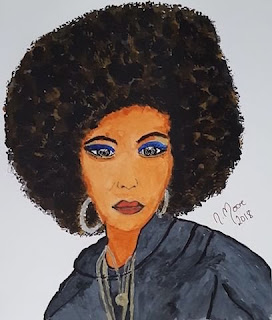


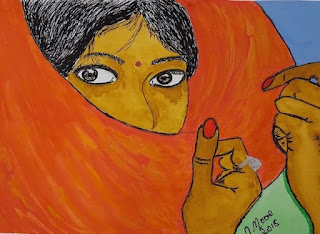
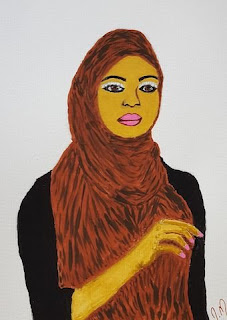
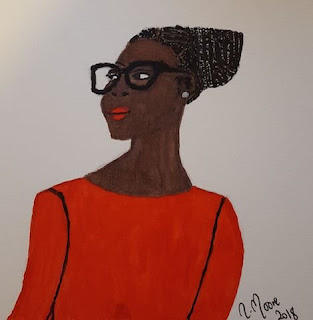
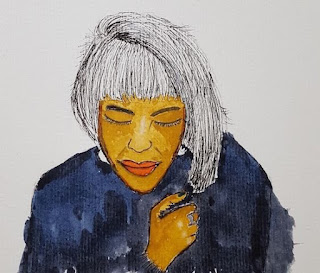
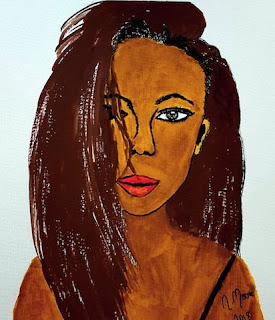

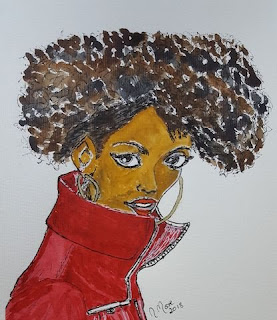
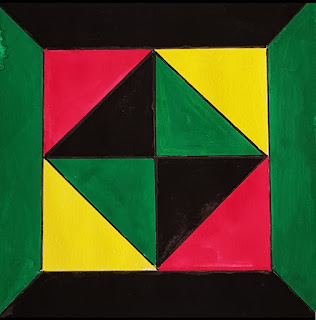



No comments:
Post a Comment